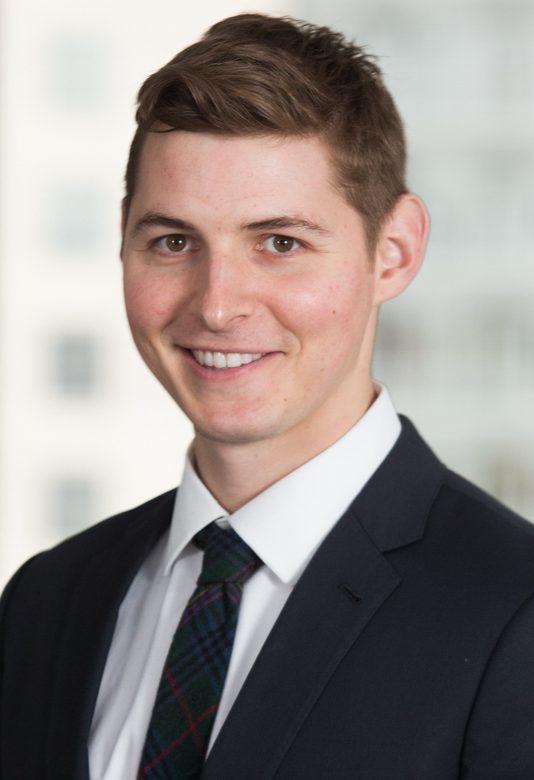- About Us
- Our Clients
- Services
- Insights
- Healthcare Sectors
- Ambulatory Surgery Centers
- Behavioral Health
- Dialysis
- Hospital-Based Medicine
- Hospitals
- Imaging & Radiology
- Laboratories
- Medical Device & Life Sciences
- Medical Transport
- Oncology
- Pharmacy
- Physician Practices
- Post-Acute Care
- Risk-Bearing Organizations & Health Plans
- Telehealth & Healthcare IT
- Urgent Care & Free Standing EDs
- Careers
- Contact Us
Compensating Physicians for Graduate Medical Education Services
By: Matthew McKenzie, CVA
The following article was published by the American Association of Provider Compensation Professionals (AAPCP).
A growing and aging population is increasing the gap between physician demand and supply in the United States. A recent study published by the Association of American Medical Colleges (“AAMC”) indicates there will be a shortage of between 37,800 and 124,000 physicians by 2034. While some of the increased demand for healthcare services can be met by increasing utilization of nurse practitioners, physician assistants, and other advanced practice clinicians, expanding the output of graduate medical education (“GME”) programs will also be key to reducing the shortage.
GME refers to the period of training in a particular medical specialty (residency) or subspecialty (fellowship) following medical school. Residents and fellows undergoing GME typically require some form of oversight and proctoring by board-certified physicians. The physicians who supervise and train these students dedicate significant time and energy to the GME programs. However, determining how to compensate physicians for these supervision and teaching services can be a difficult exercise, as physicians are often able to bill and collect, generate compensated work RVUs (“WRVUs”), or log hours towards their clinical compensation model while simultaneously teaching residents and fellows. The following section describes various ways of compensating physicians participating in GME programs.
Continue reading
Authors

